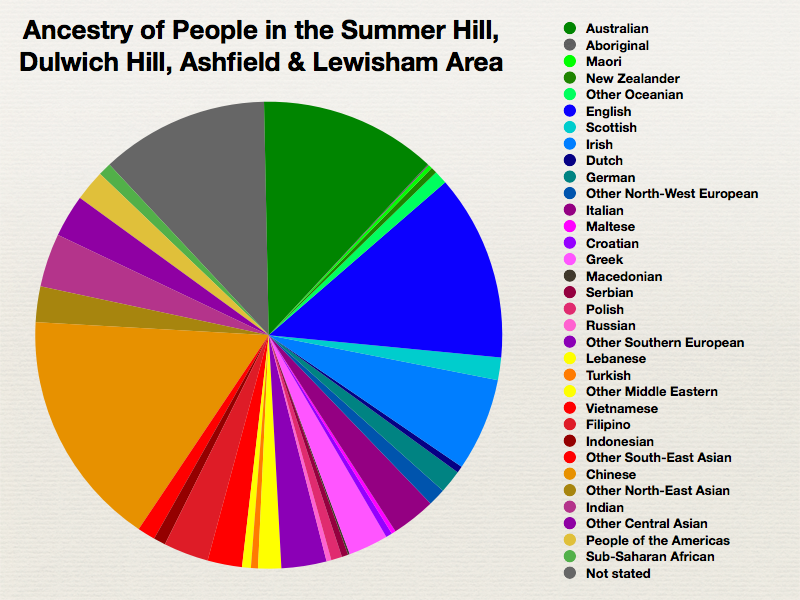Sunday, December 6, 2009
Who are the Celts?
There are still six Celtic peoples in the world today. Celtics were also known as the Celts. The Celts are divided into two groups, the Brythonic (British) or the Gailec Celts. The Brythonic Celts are the Welsh, Cornish, and the Bretons.The Gaels are the Irish, Scots, and Manx. Also, many Irish migrated to the United States in the 19th century due to the potato famine in Ireland. Early records show that the Celts were excellent shipbuilders and sailors. Celts developed navies of several hundred ships and were involved in great distances for exploration. The Celts have explored the entire continent, not only the New England area (Donahue 1). Characteristics of the Celtic people include; blue eyes, very light skinned, and low in freckling. However, the Celts were known for the language they spoke oppose to a race in which they belonged to. They spoke various forms of Aryan language which has most commonly known as the Celtic language.
History of the Celts
The history of the Celtic people dates back thousands of years ago when all of Europe was controlled by the Celts. The first European Celtic culture was founded in Austria. For over two thousand years, Celts ruled England; however, the Romans, Jutes, Angles, and Saxons pushed the Celts to the north and west. One of the most important events of the Celtics took place in England and it was a battle between King Arthur and his Celtic army against the dark pagan hordes in the fifth century. Since king Arthurs loss, Celts considered this battle to be the death of civilization.
Celtic peoples way of life
The Celts lived in huts and maintained an occupation in the farming industry if they weren't in battle (the Celts loved war). There was also six Celtic languages unified to be called old Celtic. The formation of this language was the closest to the Latin language. Celtic languages were spoken in Austria, Switzerland, southern Germany, northern Italy, most of France, much of Spain, Britain and Ireland. The Celtic tribes were bound together by traditions and customs, rather than a government. Their economy was agricultural, and they had no true urban life. A king headed each tribe and was divided by class into Druids (priests), warrior nobles, and commoners. The nobles fought on foot with swords and spears and enjoyed feasting and drinking. Celtic mythology, which included earth gods, various woodland spirits, and sun deities, was particularly the teachings of the ancestors of the Celts.
Subscribe to:
Posts (Atom)


